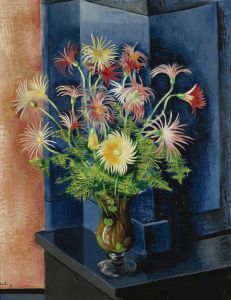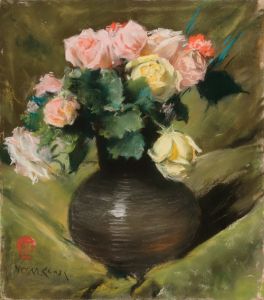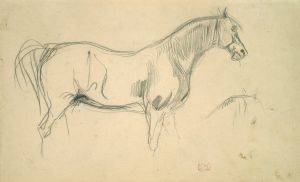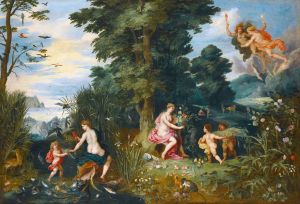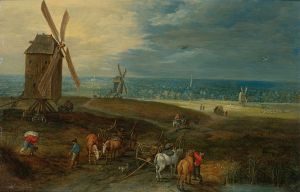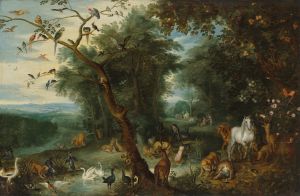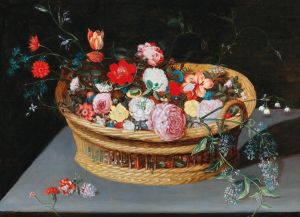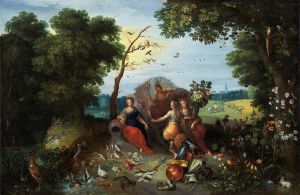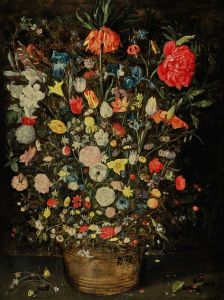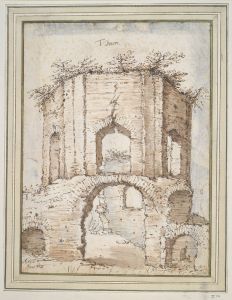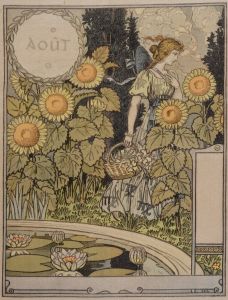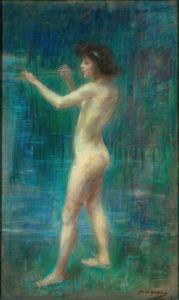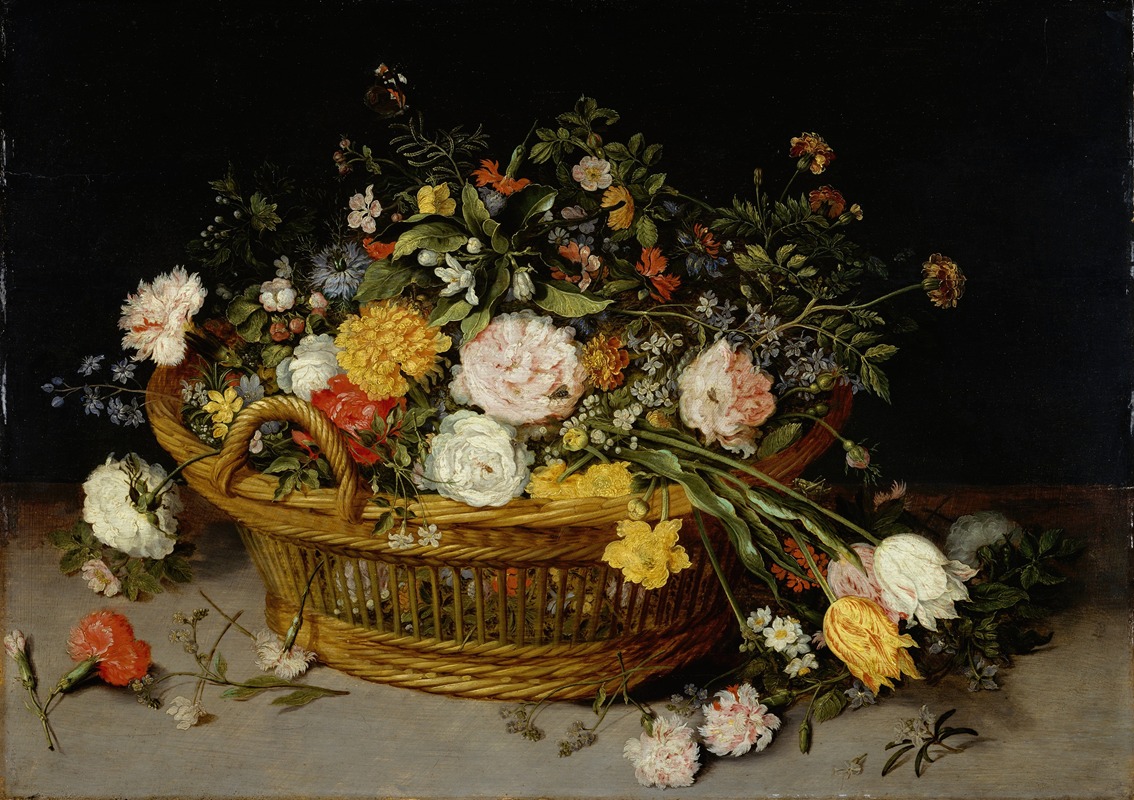
A Basket of Flowers
A hand-painted replica of Jan Brueghel the Younger’s masterpiece A Basket of Flowers, meticulously crafted by professional artists to capture the true essence of the original. Each piece is created with museum-quality canvas and rare mineral pigments, carefully painted by experienced artists with delicate brushstrokes and rich, layered colors to perfectly recreate the texture of the original artwork. Unlike machine-printed reproductions, this hand-painted version brings the painting to life, infused with the artist’s emotions and skill in every stroke. Whether for personal collection or home decoration, it instantly elevates the artistic atmosphere of any space.
Jan Brueghel the Younger, a prominent Flemish Baroque painter, is known for his detailed and vibrant still life paintings, particularly those featuring flowers. One of his notable works is "A Basket of Flowers," which exemplifies his skill in capturing the beauty and diversity of floral arrangements. Born in 1601 in Antwerp, Jan Brueghel the Younger was the son of Jan Brueghel the Elder, a renowned painter in his own right. The younger Brueghel continued the family tradition, becoming a master in the Antwerp Guild of Saint Luke in 1624.
"A Basket of Flowers" is a testament to Jan Brueghel the Younger's meticulous attention to detail and his ability to render the natural world with precision and vibrancy. The painting typically features a variety of flowers, each depicted with careful attention to color, texture, and form. Brueghel's work is characterized by its lush composition and the harmonious arrangement of different floral species, which often include roses, tulips, lilies, and other popular blooms of the time.
The painting reflects the Baroque era's fascination with nature and the natural sciences, as well as the period's interest in collecting and categorizing the natural world. During the 17th century, there was a growing interest in botany and horticulture, and floral still lifes became a popular genre among artists and collectors alike. Brueghel's "A Basket of Flowers" would have appealed to contemporary tastes, serving both as a decorative piece and as a symbol of wealth and knowledge.
Jan Brueghel the Younger's technique involved the use of vibrant colors and fine brushwork to create a sense of depth and realism. His paintings often feature a play of light and shadow, enhancing the three-dimensionality of the floral arrangements. The careful composition and the interplay of different elements within the painting demonstrate Brueghel's mastery of the still life genre.
In addition to their aesthetic appeal, Brueghel's flower paintings often carried symbolic meanings. Flowers were commonly used to convey messages about the transience of life, beauty, and the passage of time. The inclusion of certain flowers could also allude to specific virtues or moral lessons, a common practice in the symbolic language of flowers known as "floriography."
Jan Brueghel the Younger's works, including "A Basket of Flowers," were highly sought after during his lifetime and continue to be appreciated for their artistic merit and historical significance. His paintings are held in various prestigious collections and museums around the world, where they are studied and admired by art historians and enthusiasts.
Overall, "A Basket of Flowers" by Jan Brueghel the Younger is a fine example of Flemish Baroque still life painting, showcasing the artist's technical skill and his ability to capture the beauty and complexity of the natural world. Through his work, Brueghel contributed to the rich tradition of floral painting, leaving a lasting legacy that continues to inspire and captivate audiences today.





